A table from The Friends of the National Museum of Finland
Artefact of the month - March 2021
The association of the Friends of the National Museum of Finland (Kansallismuseon Ystävät) gave the museum a beautiful gift before Christmas last year. The friends donated a table made by journeyman furniture maker Gustaf Berggren in Helsinki in the early 1800s to the museum. This treasure was discovered at Galerie Donner in Helsinki. The table is very interesting in many respects. It seems to have been made in 1825. However, it is late Gustavian in style with ornamental brass mounts in the slightly more recent Empire style. At the time, late Gustavian style would have been old-fashioned, given that Finland had lost its integral connection to Sweden 16 years earlier. This illustrates how slowly fashions change.
That being said, furniture makers were prone to favouring old-fashioned styles: for his masterwork in Helsinki in 1792, Henrik Forsberg crafted a rococo secretaire, and cabinetmaker Erik Leander, from Helsinki as well, made a rococo-inspired dressing table as late as 1805. This trend would explain why Berggren’s table from the mid-1820s is late Gustavian in style through and through, with the exception of the mounts (which are a bit dated, too). Masterworks were intended as proof of a furniture maker’s professional ability, meaning that they only started to show signs of following contemporary trends slightly before the mid-1800s. Customers would, however, always receive furniture in the latest styles.
Gustaf Berggren (originally Gumberg), who made the friends’ table, was born in 1801. He came to Helsinki to study in master Joseph Öhrnberg’s workshop in 1814. He worker as a journeyman in Öhrnberg’s workshop and St Petersburg from 1820 to 1825. He became a master furniture maker in Helsinki in 1829. For his masterwork he made a mahogany-veneered commode and a French panel door for the bedroom. The commode is clearly inspired by the new Biedermeier style – spending time in St Petersburg had undoubtedly left its mark. Berggren married Ulrika Ramstedt, widow of toolsmith guild elder Anders Ramstedt, in 1830. They had three children. The documents state that the widow was indigent in 1855, meaning that Berggren must have died by that point.
The drawer divided into small compartments is probably intended for stationery or haberdashery and the pull-out shelves at either end of the table are intended for candlesticks. The fact that the table was made by a journeyman, falling short of master level work, is only evident in the shelves for the candlesticks, which are made from plain pine board (they could have been made with solid mahogany or veneered).
The markings on the bottom of the drawer are made by two hands. The more meticulous handwriting is old-fashioned German style, which suggests that the writer is older and more educated than the person who wrote the words in the faster, careless style. The more careful writing may be that of master Joseph Öhrnberg, as he supervised the work, after all. We are not able to compare the handwriting to any samples because the archives are closed at the moment.
The first furniture makers mentioned in documents in Helsinki appear in the 16th century as furniture makers to the royal demesnes, and records from the 17th century also show that they worked for the church. Cabinetmakers operating in Helsinki in the 1700s were part of the Stockholm or Turku guilds, until the three furnituremakers in Helsinki were able to form their own guild in 1748. Journeyman fraternities, which were organised similarly to guilds, were created in Sweden in the 17th century. As guilds grew with time, so did the number of journeyman fraternities.
The guild regulation of 1720 made it mandatory for all guild masters to stamp their name on any pieces of furniture they made. This was done to ensure a high level of craftsmanship. Despite this, history knows no piece of 18th century furniture stamped by a Finnish furnituremaker. Journeymen would normally not mark their name on finished pieces of furniture; they worked under their master, after all. This is why signed pieces of furniture considered masterworks by journeymen are very rare, meaning that the table donated by the friends of the National Museum is a significant addition to the collections of the National Museum of Finland.
Jouni Kuurne


-
2024
-
2023
-
2022
-
2021
-
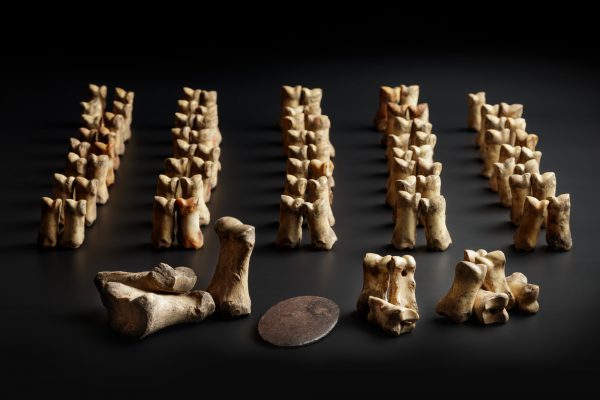 Skittle set made of bone
Skittle set made of bone
-
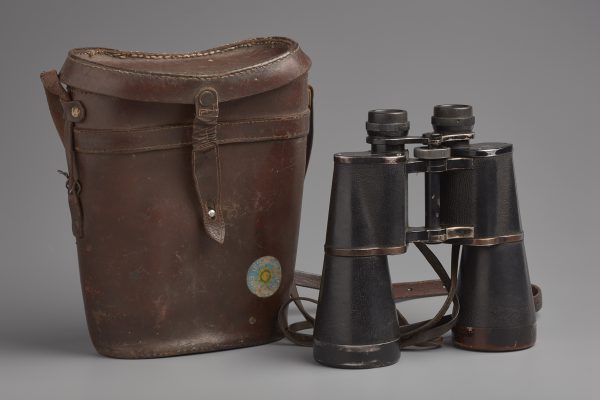 Equipment of ornithologist Pentti Linkola – binoculars and a notebook
Equipment of ornithologist Pentti Linkola – binoculars and a notebook
-
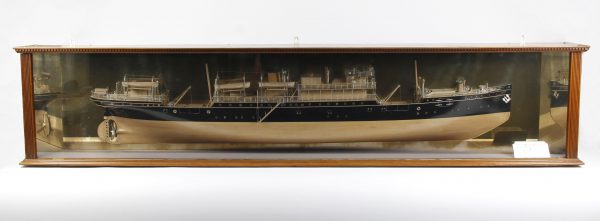 Scale model of the S/S Arcturus
Scale model of the S/S Arcturus
-
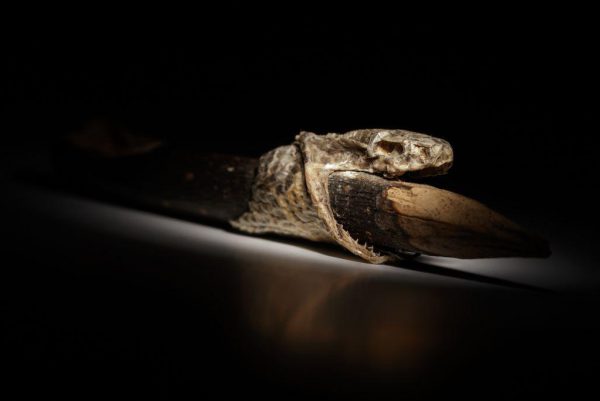 The mighty snake
The mighty snake
-
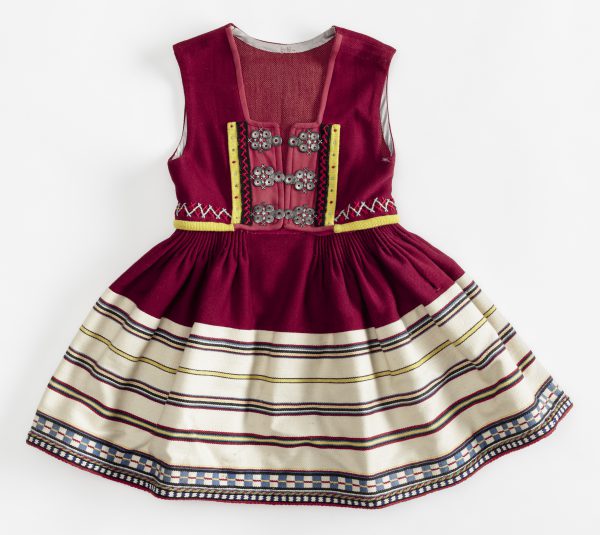 Child’s national costume – for free Estonia
Child’s national costume – for free Estonia
-
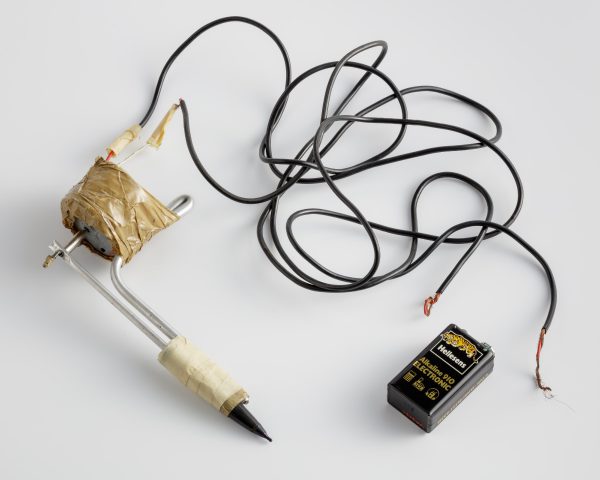 A tattoo machine
A tattoo machine
-
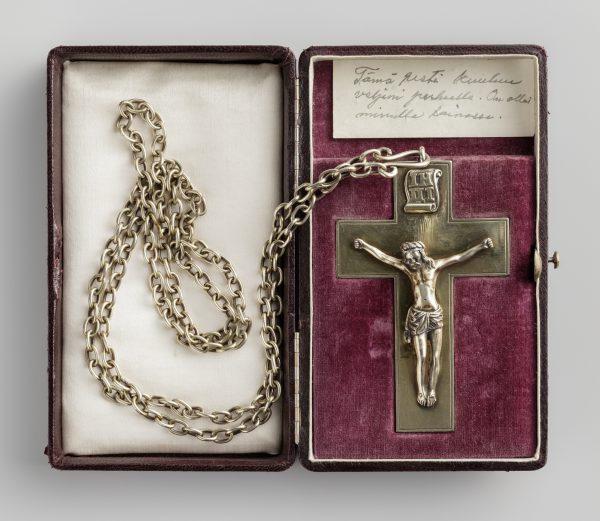 Juho Saarinen’s pectoral cross
Juho Saarinen’s pectoral cross
-
 Coronation bowls
Coronation bowls
-
 A hundred years ago – flapper fashion in the 1920s
A hundred years ago – flapper fashion in the 1920s
-
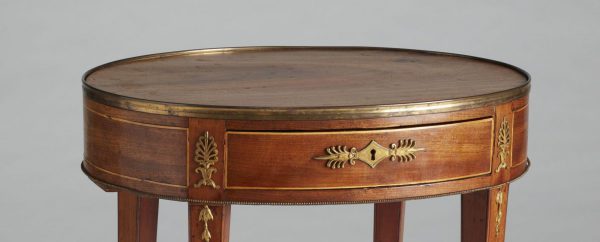 A table from The Friends of the National Museum of Finland
A table from The Friends of the National Museum of Finland
-
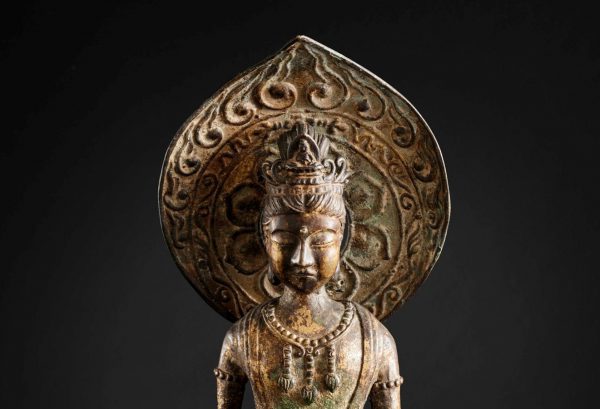 Sculpture of Bodhisattva
Sculpture of Bodhisattva
-
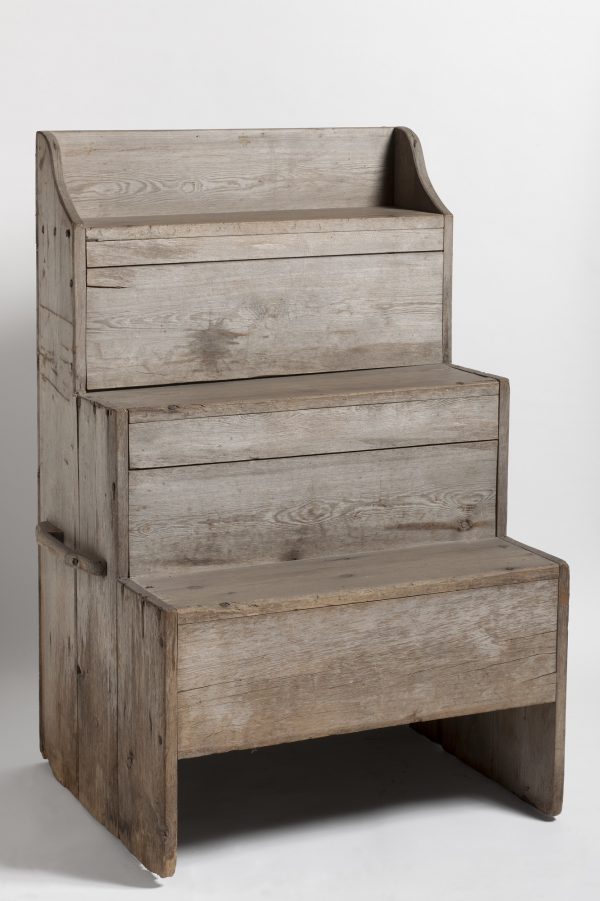 The stool of repentance from Vihanti Church
The stool of repentance from Vihanti Church
-
-
2020
-
2019
-
2018